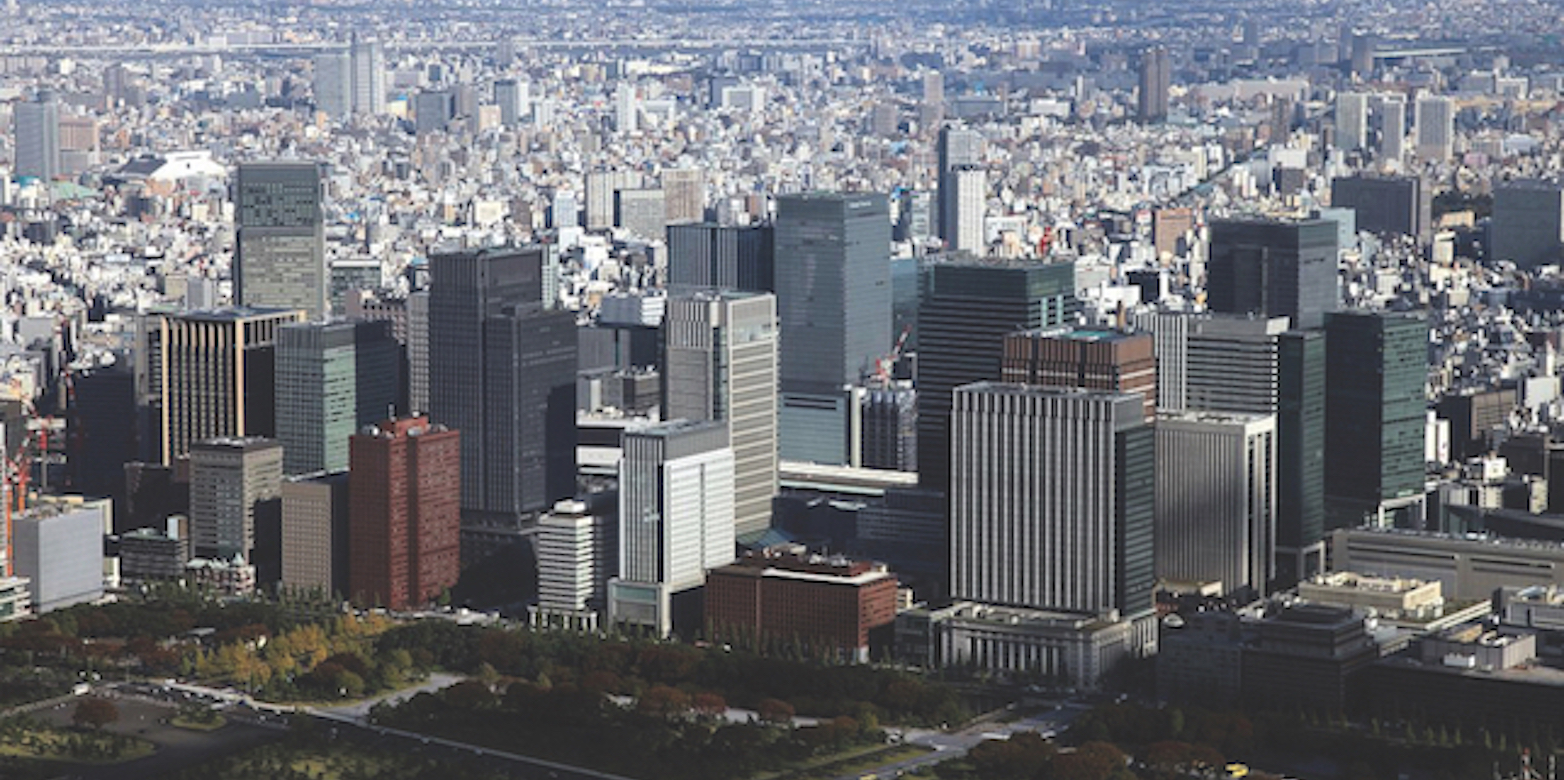Is density doomed? Cities post-Covid-19
The benefits of urban density are well known and will not become irrelevant overnight, writes Prof. Stephen Cairns in The Straits Times. What counts is how density is designed

The Covid-19 pandemic has reactivated concerns about the negative effects of high population densities in cities. The World Health Organisation's (WHO) advice to reduce the spread of the virus by "maintaining physical distances and avoidance of close, unprotected contact" would lead us to assume that densely populated cities are dangerous places.
Are dense cities more prone to pandemics?
Prof. Stephen Cairns programme director of the Future Cities Laboratory, says that this is not necessarily so. He writes in an opinion article in the Straits Times, external page Is density doomed? Cities in a post-Covid-19 world that density can be integrated better in cities to raise the quality of life.
What is clear is that density, as a single quantitative measure, tells us little about the incidence of Covid-19.
There are high-density cities where incidences have been comparatively low (Hong Kong, Taipei, Shanghai). Yet, comparably high infection numbers can be observed at opposite ends of the density spectrum. Hyper-dense neighbourhoods such as Dharavi in Mumbai (Patranabis, Gandhi and Tandel, 2020) and relatively low-density regions of rural Africa, for example, are both witnessing a high number of cases, according to the WHO.
What seems to count is how density is designed - that is, integrated with other factors. Cities are complex assemblages of people, activities, institutions, regulations, information, knowledge, capital, spaces, buildings, technology, infrastructure, parks, gardens and waterways. Good cities are those that weave all of these elements together.
Prof Cairns lists four actions to improve the design of density:
- Deepen density integration
- Intensify use of the outdoors
- Diversity mobility
- Design the cyber-physical city
Density must be woven into the city fabric, so that its benefits are harnessed for all in a post-coronavirus world. Read the external page full article
